Whew! My blog post title is quite a mouthful today, eh? This is my last review for the former Mosaic Reviews team. They’ll be unveiling their new program shortly, and I’m excited to be apart of it!
About:
John and Zdenka De Gree founded The Classical Historian after realizing there’s a lack of history curriculum that promotes “independent and critical thinking.” The Medieval History Memory Game (RV $14.95) can be used in two ways: matching and categories. Matching doesn’t require reading and is suitable for ages three and up. Since it’s more complex, categories is more appropriate for ages seven and up. Categories teaches both chronology and geography.
My Take:
There was one little thing about the memory tiles that exasperated me, because it’s a pet peeve of mine! (If my friends read this post, they will chuckle, because they KNOW how I feel about this). In the Viking card, the Viking depicted has horns on his helmet, which is not historically accurate. I suppose horns were included on this card because the majority of the world associates horned helmets with Vikings…BUT this game teaches history. I think it should be as historically accurate as possible.
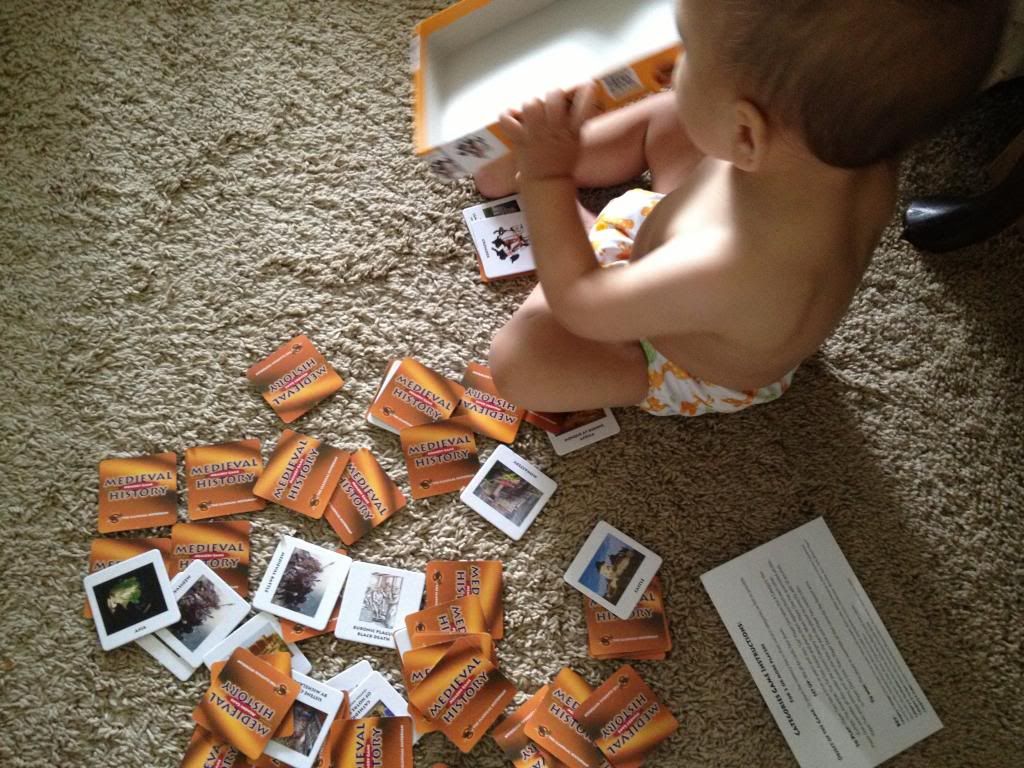
In the matching game, kids (and adults too!) can familiarize themselves with people, places, artifacts, etc. from history. Obviously a good memory is important not just for school but to survive in life. A quick Google search will show you study after study that show we can improve our memorization skills by games. I’ve even read that memory games are good for the elderly to stave off dementia.
The categories game is more difficult to play and appropriate for middle school and up. It’s timed, and you take turns. You set up the four category tiles (Europe, The Americas, The Far East, and Arabia) in a row. The matching tiles are all mixed up, and once your timer starts, you have to place all the tiles, one-by-one under the correct category. If you place a tile under the wrong category, you lose 10 seconds from your time. The person with the fastest time, wins.
The Medieval History Memory Game complements the Classical Historian curriculum. Besides other games, they develop and sell history textbooks. I have to admit that I’m intrigued to know more about their texts. The idea of analyzing the past, not just focusing on rote memory, really appeals to me, and I think that’s something that was missing from my own education.
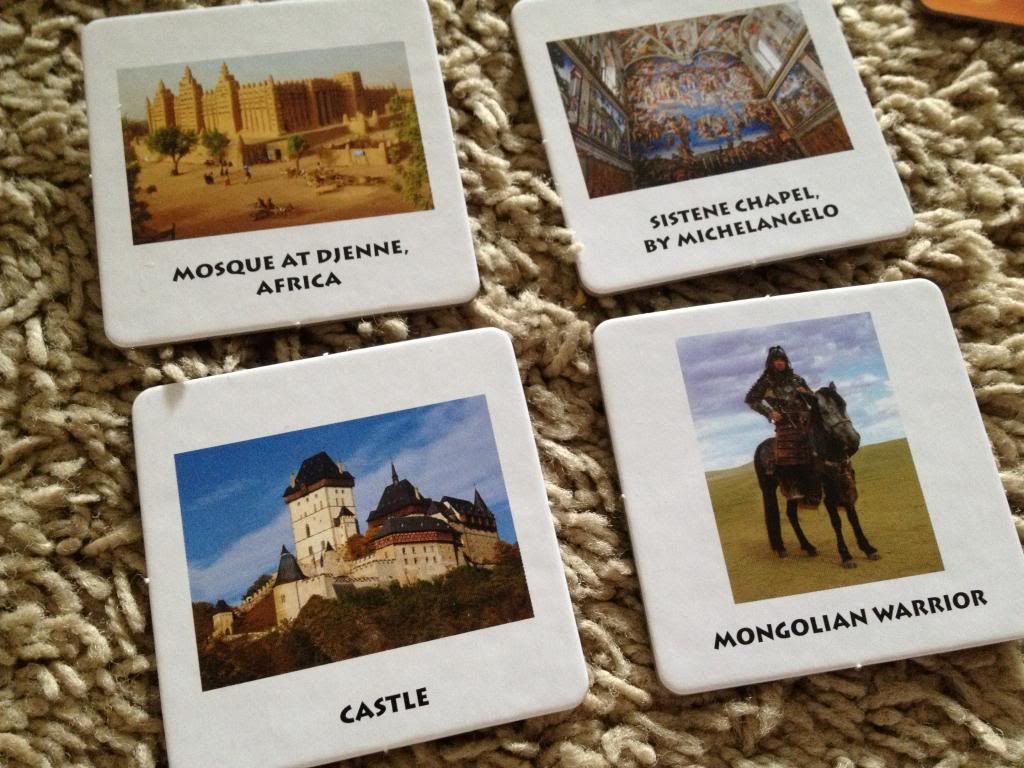
You can learn more about the Classical Historian, by visiting their website. If I’ve piqued your interest, come back and check out this post on the weekend. Other bloggers from the Mosaic Reviews team reviewed this memory game as well as other Classical Historian products. I’ll link to their reviews when they’re all up.
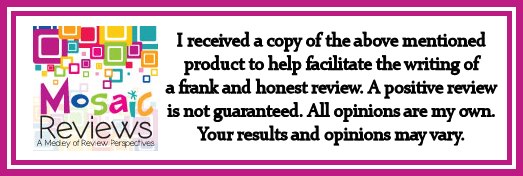

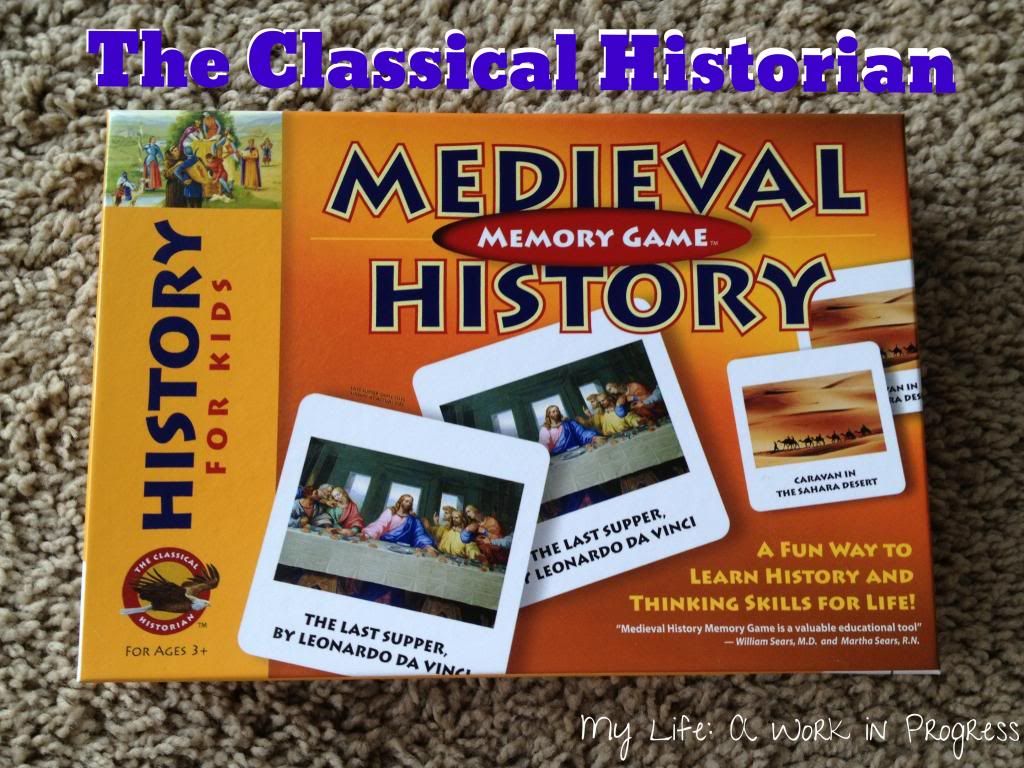
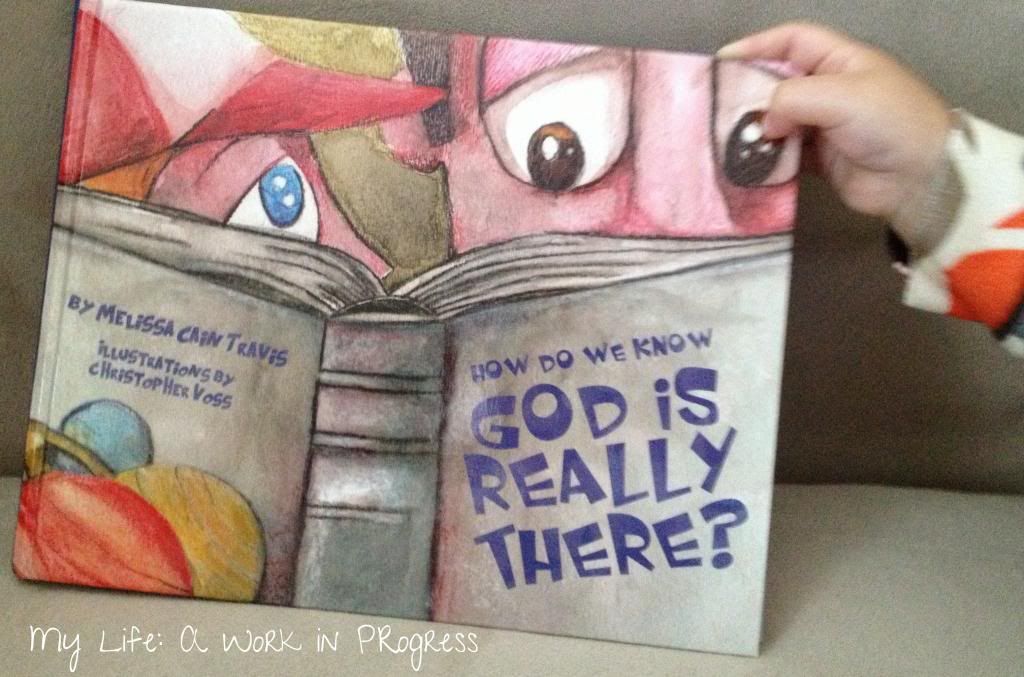


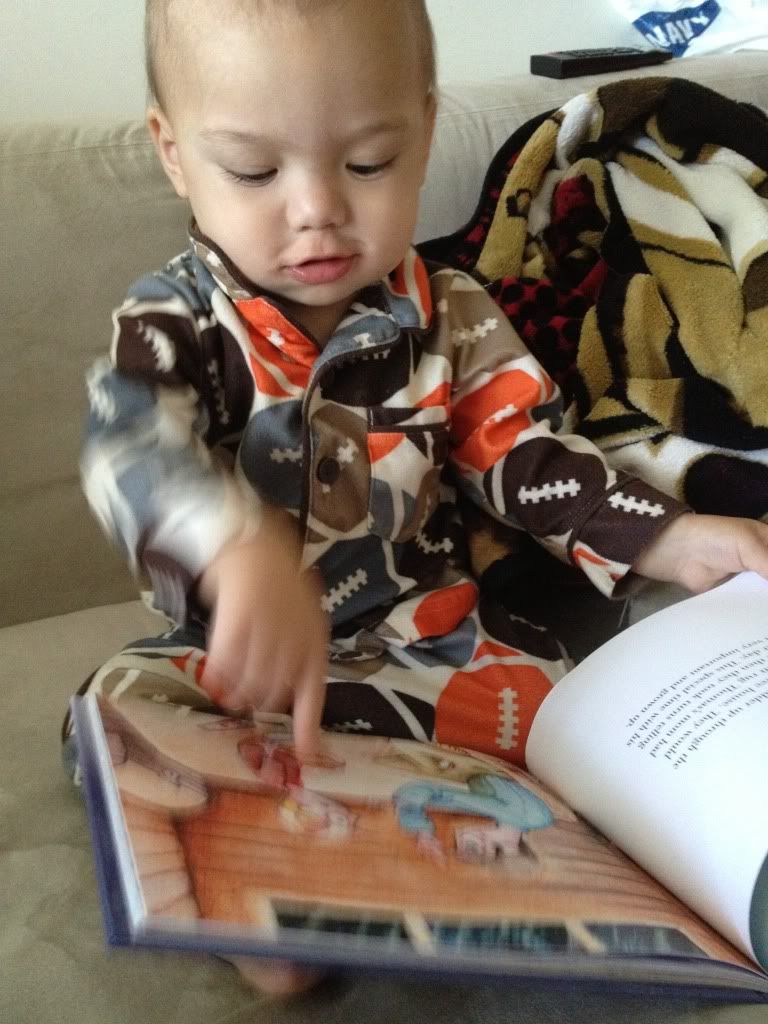
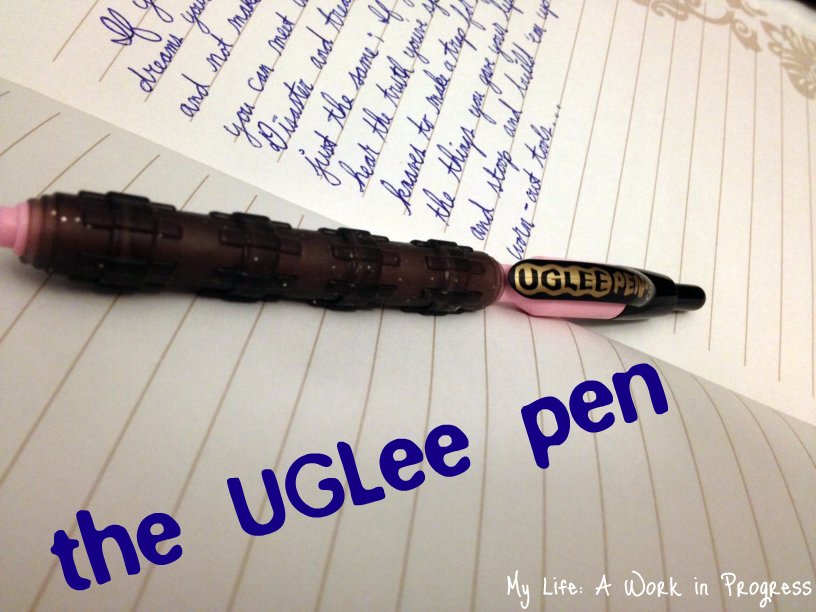 About:
About:

